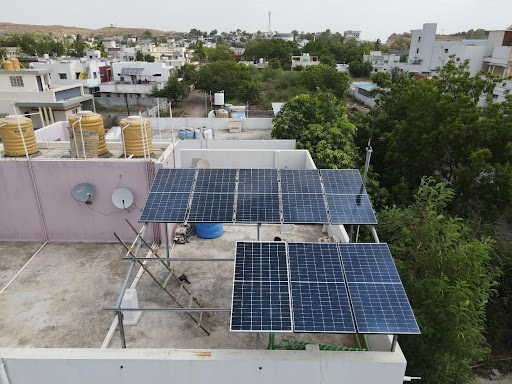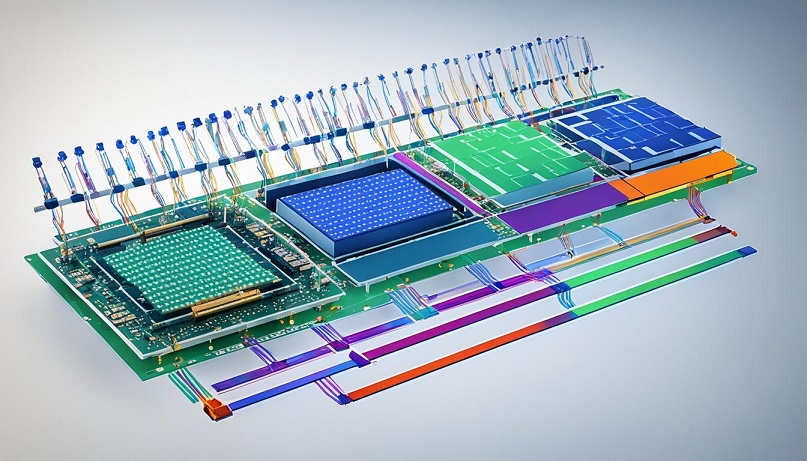Introduction to PM-Surya Ghar: Muft Bijli Yojana
On February 13 of this year, the Indian government launched the PM-Surya Ghar: Muft Bijli Yojana, which has a bold fund allocation of 75,000-Cr. The scheme was created to motivate 10 million homes to install rooftop solar panels. Thus, the whole nation will be able to achieve its environmental goals and will use sustainable energy. This project is the basis of India’s efforts to increase the share of renewable energy in the country’s energy mix and to make it available to households in all parts of the country.
Benefits for Households
This solar rooftop subsidy yojana is an excellent opportunity for households that install rooftop solar panels to get the maximum economic benefits. Every house can produce up to 300 units of free electricity monthly, which is determined by the size and capacity of the installation. Each year, this could result in a saving of between Rs 15,000 and Rs 18,000. The scheme not only makes it possible for people to be self-sufficient in energy but also helps households, especially those in remote areas, to set up charging stations for electric vehicles, including cars and two- or three-wheelers, and thus earn income.
Eligibility and Application Process
The PM-Surya Ghar scheme subsidy is only for rooftop systems with a capacity of not more than 3 kW. This extends the initiative to a vast number of households that can supply this capacity. Interested homeowners can apply through the dedicated portal at https://pmsuryaghar.gov.in. The website is also a source of information for finding the necessary capacity of the rooftop system for an individual house, thus making it easy for the applicants to understand the full potential of the benefits.
Financial Assistance and Subsidy Details
The government, through this scheme, provides substantial financial support to the students. For systems of up to 2 kW, the subsidy pays for 60% of the cost. For systems that have a capacity between 2 kW and 3 kW, the subsidy will pay for 40% of the extra cost. For the systems with power between 2 kW and 3 kW, the subsidy will pay for 40% of the additional costs. Thus, for a 1 kW system, it is Rs 30,000, Rs 60,000 for a 2 kW system, and Rs 78,000 for systems that are 3 kW or bigger. Following the installation of the rooftop solar panels, the subsidy amount is directly given to the beneficiary’s bank account after the due diligence check performed by the government authorities.
Costs and Specifications
The cost of the rooftop solar system is determined by the size, number, and efficiency of the solar panels, the quality of the peripheral electronics, and mounting equipment, among other things. A usual 1 kW rooftop solar system can be as high as Rs 72,000, while a larger one of 3 kW may be over Rs 1.6 lakh. Even though the installation of rooftop solar panels has a high initial cost, the long-term savings and the government subsidy make the installation of rooftop solar panels a financially viable option for many households.
Conclusion
The PM-Surya Ghar: Muft Bijli Yojana is a significant advance in India’s solar energy scenario. Through the scheme, households are encouraged to switch to solar technology, which in turn not only helps in the preservation of the environment but also has economic advantages for them. Since best solar panel practices are being widely adopted and the solar rooftop subsidy Yojana is supporting them, India is becoming the leader in renewable energy adoption, which has a significant impact on the environment and the economy.



